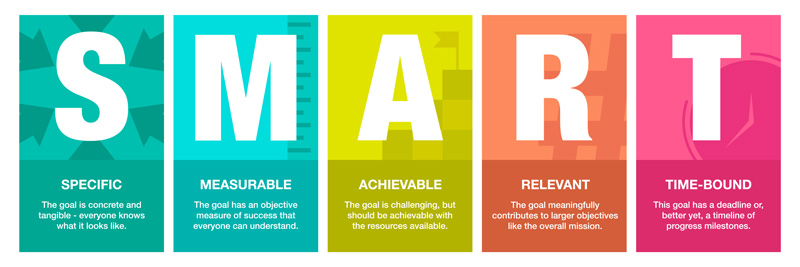Designing a SPIFF (Sales Performance Incentive Funds) program might seem straightforward—set a goal, pick a reward, and watch the sales roll in. In reality, many programs fall short due to common pitfalls that can derail their effectiveness. From misaligned objectives to lackluster rewards, these errors can leave your team unmotivated and your company questioning the program’s ROI.

In this post, we’ll unpack some of the top mistakes to avoid when creating your SPIFF incentives, offering practical solutions so you can run a successful, high-impact program. For a deeper dive into the fundamentals of a strong SPIFF, don’t miss “The Ultimate Guide to SPIFF Programs: Boosting Sales Performance“.
1. Vague or Unrealistic Goals
The Mistake: Many SPIFFs fail because they have ill-defined objectives (e.g., “Increase sales quickly”) or unrealistic targets (e.g., “Boost revenue by 300% in one month”).

How to Fix It:
- Set SMART Goals: Specific, Measurable, Achievable, Relevant, Time-bound.
- Use Baseline Data: Look at historical sales to gauge what’s actually possible.
2. Overly Complex Reward Structures
The Mistake: A convoluted reward system—multiple tiers, complicated calculations—confuses participants and discourages engagement.
How to Fix It:
- Keep It Simple: A straightforward reward (e.g., “Sell 10 units, earn $50”) is more effective than complex point systems that require constant interpretation.
- Clarity in Communication: Provide easy-to-read charts or bullet points explaining exactly how rewards are earned.
3. Irrelevant or Unappealing Incentives
The Mistake: Offering rewards that don’t resonate with your team (e.g., generic gift cards or company-branded trinkets) can reduce excitement.

How to Fix It:
- Survey Your Team: Ask reps what kind of incentives motivate them—cash, prepaid debit cards, experience-based rewards, or unique perks.
- Segment if Needed: Different roles or demographics may value different reward types.
🔗 For an in-depth look at selecting the right incentive, see “How to Create a High-Impact SPIFF Program for Your Sales Team“.
4. Poor Communication and Visibility
The Mistake: Rolling out a SPIFF with minimal fanfare—one email, an outdated dashboard, or no reminders—won’t engage your sales team.
How to Fix It:
- Regular Updates: Send weekly or even daily progress emails.
- Use Technology: A live leaderboard can keep participants excited and competitive.
- Manager Involvement: Encourage team leaders to promote the SPIFF in team meetings.
5. Inadequate Tracking and Reporting
The Mistake: Relying on manual or delayed tracking leads to disputes over who sold what and when.
How to Fix It:
- Automate Sales Tracking: Integrate your SPIFF metrics with CRM tools like Salesforce or HubSpot.
- Real-Time Dashboards: Offer immediate visibility to participants.
- Regular Audits: Periodically verify data to ensure accuracy.
🔗 For more on choosing effective tools, check out “Best Software Solutions for Managing SPIFF Programs”.
6. Overlooking Budget Constraints
The Mistake: Designing a SPIFF that overextends the budget, leaving the finance team wary or forcing mid-campaign reward reductions.
How to Fix It:
- Plan with ROI in Mind: Estimate how much revenue gain you anticipate versus the total cost of rewards, administration, etc.
- Tiered Rewards: Offer bigger rewards only at higher performance levels to keep costs proportionate to outcomes.
- Check the Numbers Early: For more detailed financial planning, see “SPIFF Program Budgeting: How to Maximize ROI”.
7. No Post-Program Analysis
The Mistake: Once the SPIFF ends, failing to review the results and gather feedback can lead to repeating the same mistakes.
How to Fix It:
- Hold a Debrief: Bring together sales managers and participants for candid discussions on what worked and what didn’t.
- Track Key KPIs: Compare sales lift, cost per participant, and overall ROI.
- Apply Insights: Use findings to refine future SPIFFs, optimizing for greater impact.
Conclusion
SPIFF incentives can be a powerful catalyst for short-term sales boosts, but only when designed and executed thoughtfully. By avoiding these seven common mistakes—such as vague goals, irrelevant rewards, and poor communication—you’ll greatly increase the likelihood of a high-impact program that genuinely motivates your team.
Looking for more insights on creating a SPIFF that truly delivers results? Check out “SPIFF Program Budgeting: How to Maximize ROI” or return to our Ultimate Guide to SPIFF Programs for a comprehensive view of best practices.
Take the First Step Toward Better Incentive Programs. Contact ADR Today!
